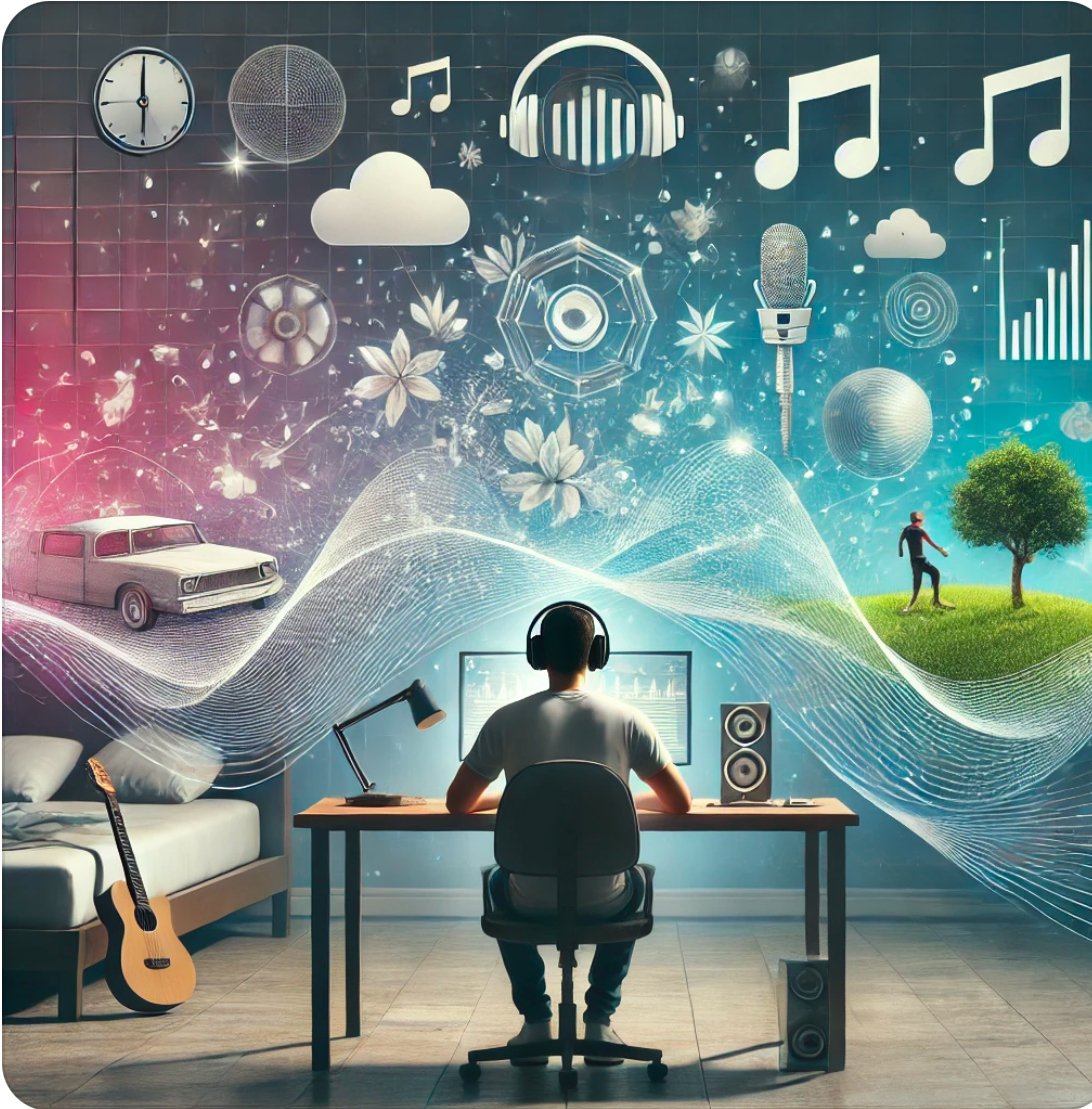Two decades ago, the radio industry found itself staring down a digital revolution that threatened its very survival. As streaming services, social media, and on-demand content began to pull ears and attention away from traditional broadcast signals, many feared radio was destined to fade into the background. But the industry didn’t just survive—it evolved.
Today, radio is thriving in ways that would have been unimaginable in the early 2000s. The difference? Broadcasters no longer see themselves as “radio stations.” They see themselves as content creators, brand builders, and multi-platform media operations.
From “Cross-Platform” to “All-Platform”
In the early days of digital, broadcasters clung to the idea of using the internet to drive people back to their over-the-air signals. But that playbook has changed. At this year’s NAB Show in Las Vegas, veteran radio consultant Buzz Knight summed it up best: “We use the phrase cross-platform but it’s really all-platform in today’s environment.”
Radio’s reach is no longer confined to a dial. Instead, it’s about getting the content to the audience—wherever they are. That could be through a podcast on Spotify, a livestream on YouTube, or a viral TikTok clip. For many broadcasters, this means leaning into platforms that, not too long ago, were considered secondary or even threats.
A New Mindset: Content First, Platform Second
One of the biggest shifts in radio’s digital journey is a philosophical one: it no longer matters where someone listens, only that they listen. “We need to focus more that they use us, not where they use us,” said Alpha Media’s Executive VP of Content, Phil Becker. And it’s not just about driving back to the mothership—it’s about making content that stands on its own across all digital touchpoints.
Stations are finding that high-value content drives engagement, regardless of whether it’s aired, streamed, or swiped through. From music interviews to personality-driven podcasts, the goal is to create compelling experiences that resonate with distinct audiences across platforms.
Digital as a Ratings and Revenue Driver
Some stations are finding that digital is more than just an audience tool—it’s a ratings driver and revenue booster. Hubbard Radio’s Greg Strassell notes that their YouTube livestream of WTOP-FM in Washington, DC is averaging 17 minutes of watch time per viewer, outpacing typical over-the-air listening sessions. And it’s opening up new ad dollars too.
There’s also a growing understanding that platforms like YouTube and TikTok can serve as powerful marketing tools—especially when traditional promotion budgets are shrinking. Becker from Alpha Media even suggests paid promotions on YouTube as an efficient way to push content and inflate its reach for potential advertisers.
Reaching Radio’s Next Generation
Matt Shearer, who creates viral TikTok videos for WBZ Boston, is proof that personality and storytelling still matter—they just need to be formatted for the feed. His work began reaching 18- to 24-year-olds and has now spread to broader demos, delivering a measurable bump in ratings among the coveted 25-54 male demo.
As Shearer put it: “If you’re not making everything you do cross-platform, then you’re missing an opportunity.” Radio's next generation of listeners aren’t tuning in with a knob—they’re watching on screens, swiping through stories, and clicking through podcasts.
From Transmitters to Transformation
Perhaps the most powerful proof of concept is Alpha Media’s “Spout” podcast. Built with existing radio resources, the show now averages 400,000 downloads a week and is being courted by streaming companies. That level of reach would be difficult—if not impossible—for many mid-market stations using only their traditional signal.
“This didn’t require any additional resources than we already had,” said Becker. “You can reach a much bigger audience than with your transmitter.”
Conclusion: Radio’s True Renaissance
What we’re witnessing isn’t just radio’s survival—it’s its reinvention. The last twenty years have seen the medium go from defending its turf to expanding its horizons. From YouTube livestreams to TikTok explainers to podcast empires built on traditional brand trust, radio is finally competing on all fronts—not by clinging to the past, but by owning the future.
The transmitter still matters. But now, it's just one of many tools in the broadcaster’s toolkit. And that’s how radio not only stays relevant—it thrives.



